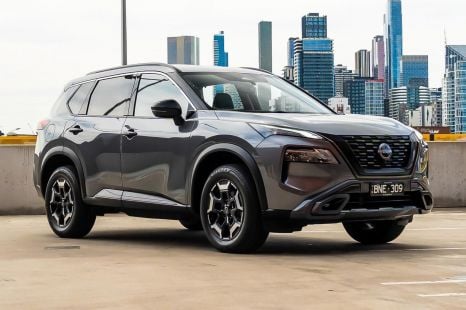

William Stopford
2026 Nissan X-Trail review
9 Hours Ago
It's easy to be convinced by the Jolion's value, safety rating and long warranty – but if you like to drive, there are better options.
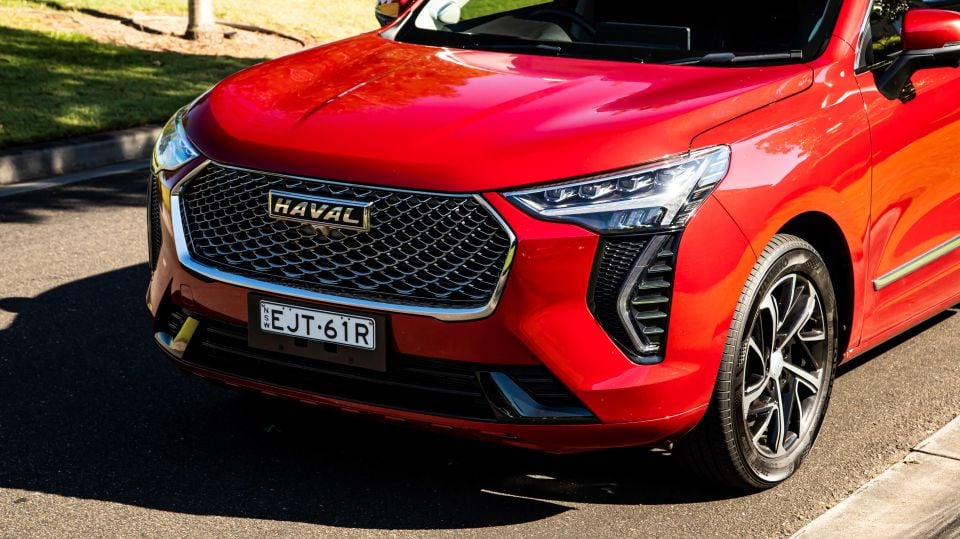


Senior Contributor
New from
$27,290
excl. on-roads

Senior Contributor
New from
$27,290
excl. on-roads


Senior Contributor
New from
$27,290
excl. on-roads

Senior Contributor
New from
$27,290
excl. on-roads
Quickly see how this car stacks up against its competition. Select any benchmark to see more details.
Where expert car reviews meet expert car buying – CarExpert gives you trusted advice, personalised service and real savings on your next new car.
Trading up from a 2005 Lancer? You’ve probably considered a GWM Haval Jolion, right?
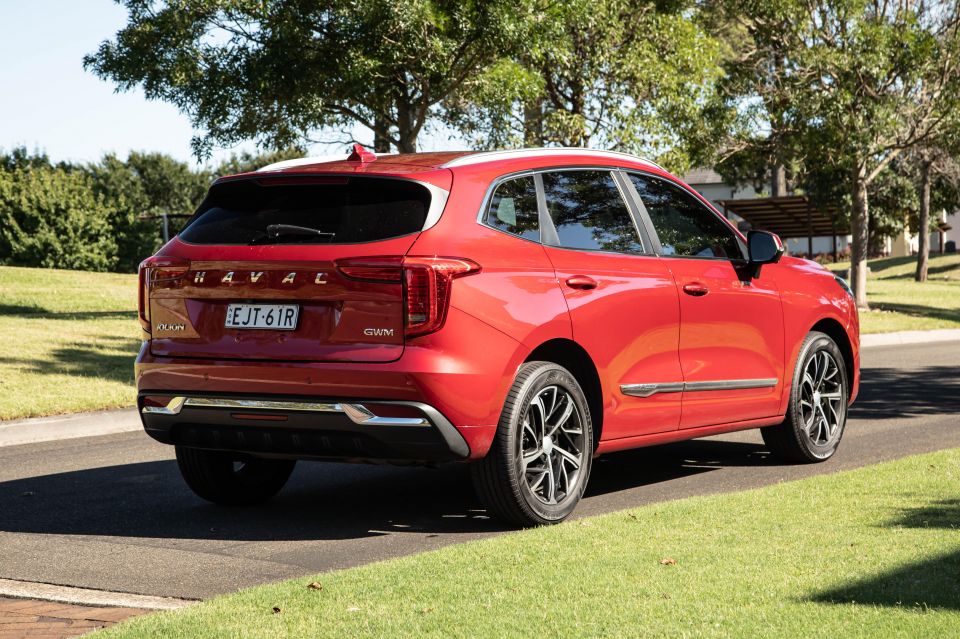
That seems to be the sort of story that you hear about GWM Haval’s model range – they make a pretty spectacular impression on the easily impressionable.
For those upgrading from a clunky old used car to something that looks this fresh and comes with all this tech, it’s totally understandable why you could easily be won over by one of these flashy but finance-friendly SUV models.
The 2023 GWM Haval Jolion Ultra is undoubtedly one of those cars that will wow you if you are stepping up from a much older car.
But I urge you to look beyond the long warranty, five-star safety and low price, because if you do, you will find a car that is frankly unlikeable to live with, and nowhere near as good to drive as its mainstream rivals.
You’re going to be drawn in by the price – because it’s very cheap compared to most of its rivals.
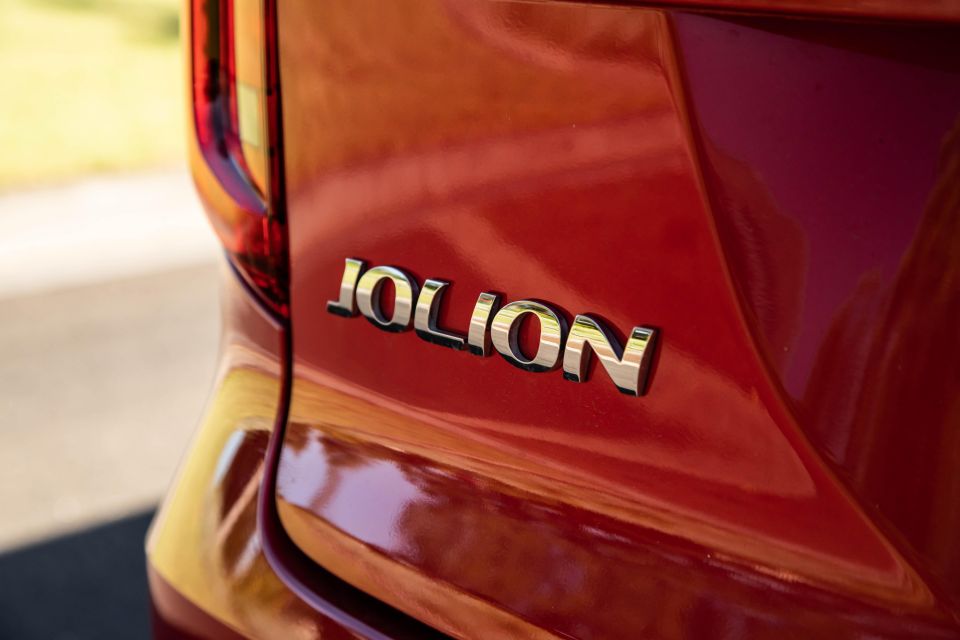
Prices are higher these days than they have been in years gone by – but the market has moved up since the Jolion launched in July 2021.
The variant tested here is the Ultra; which, before the prices blew out to their current levels, was the pick of the range at $30,990 drive-away. Now it’s $3000 dearer, at $33,990 D/A.
2023 GWM Haval Jolion pricing:
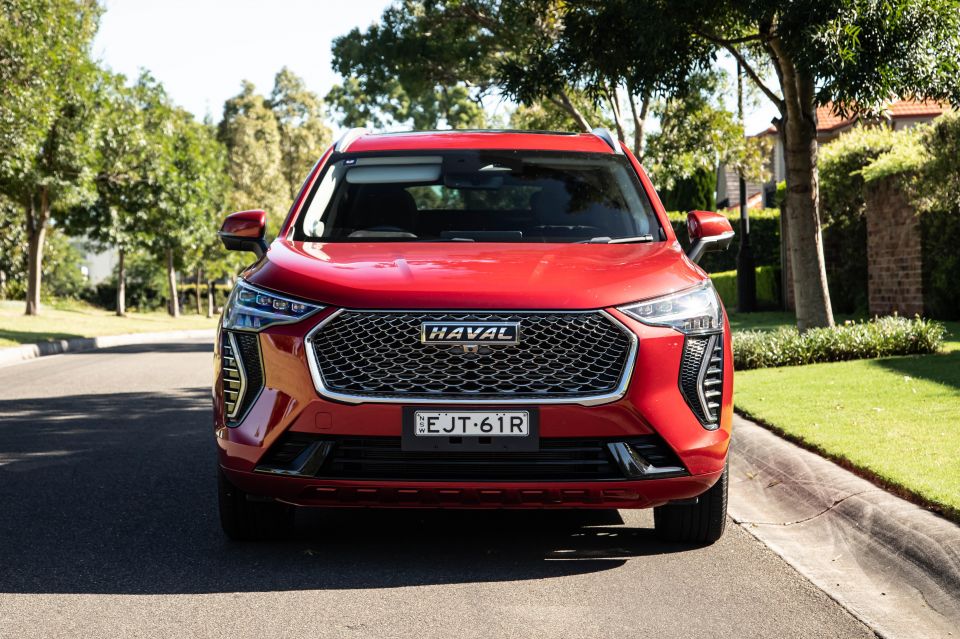
If you’re wondering about pricing for rivals, the best competitor you could consider would be the Kia Seltos ($31,690 to $47,690 D/A), while it’s easy to see why the MG ZST ($27,990 to $33,990 D/A) also scores plenty of sales.
There aren’t many options for the Haval – it comes well specced in each grade (see breakdown further down), but there’s only one no-cost paint option, Hamilton White. The rest cost $495, and they are: Golden Black, Azure Blue, Mars Red, Smoke Grey and Vivid Green.
Buy your new car without the stress. It's fast, simple and completely free.

Great service from Travis and team, second time I have used this business would not hesitate to recommend them to anyone
Craig C.
Purchased a Ford Ranger in Sunshine Coast, QLD
CarExpert helped Craig save $7,224 on his Ford Ranger, now let us save you on your next new car.
Get your BEST priceIt feels pretty flash when you first see the interior, with a modern look, big screen for the media controls and a digital dashboard, it ticks the boxes for a lot of customers.
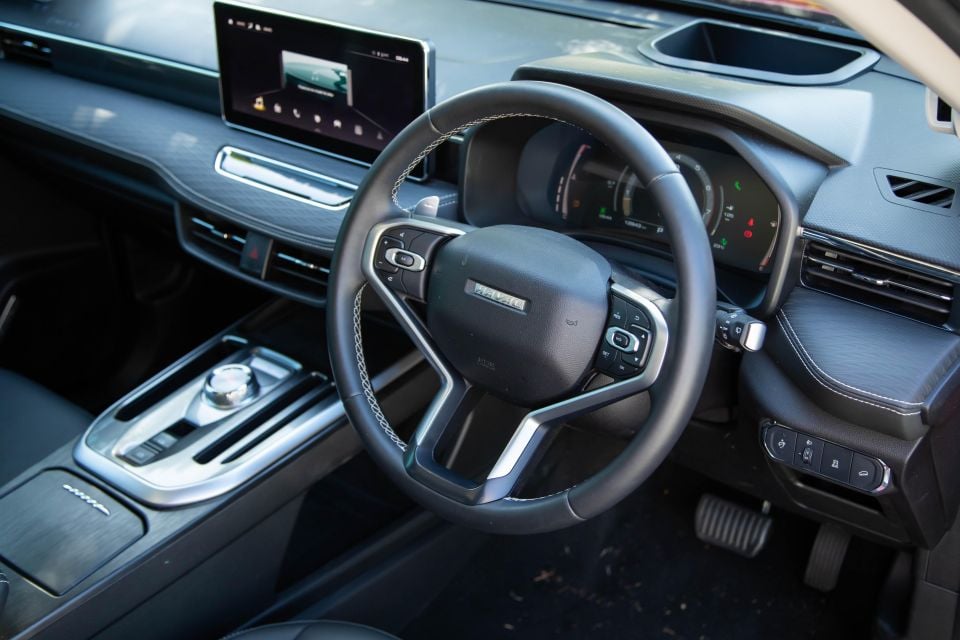
Plus in Ultra spec it comes handsomely finished, with faux-leather trim (I’m not the only one who thinks the ‘Haval’ embroidery is naff, right?), electric driver’s seat adjustment and heated front seats, too.
But one way in which the driver may not be able to get comfy is by way of the steering adjustment, because it has tilt / rake only, but no reach adjustment.
That makes it hard for anyone with long legs to get into a good position. I’m 182cm or 6’0” and I found it uncomfortable, and a couple of my taller colleagues have found it really unpleasant.
That 12.3-inch touchscreen is high resolution and looks terrific when you’ve got smartphone mirroring running, but boy is it a hard thing to get your head around when it comes to controls and menus.
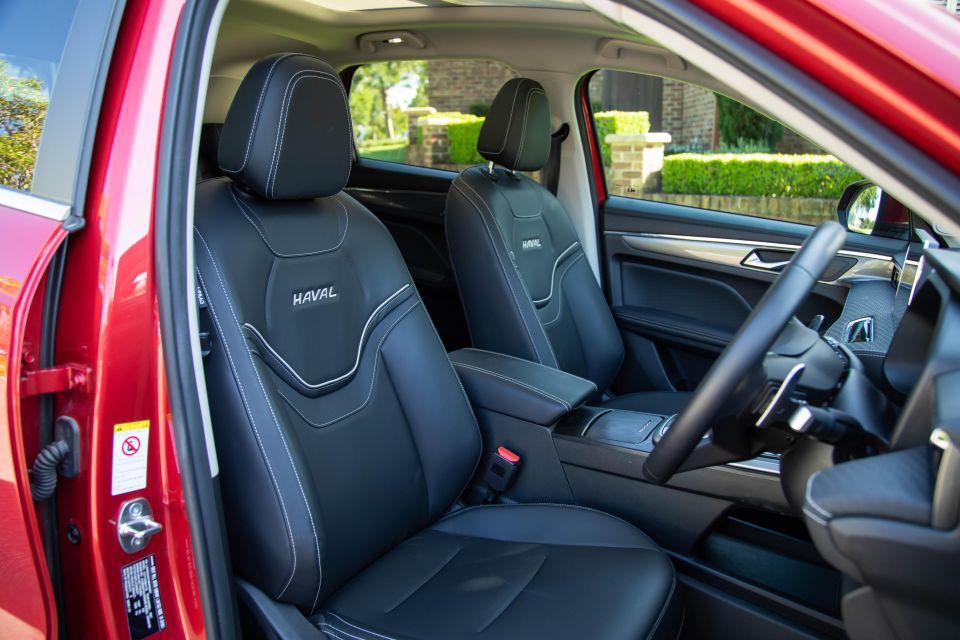
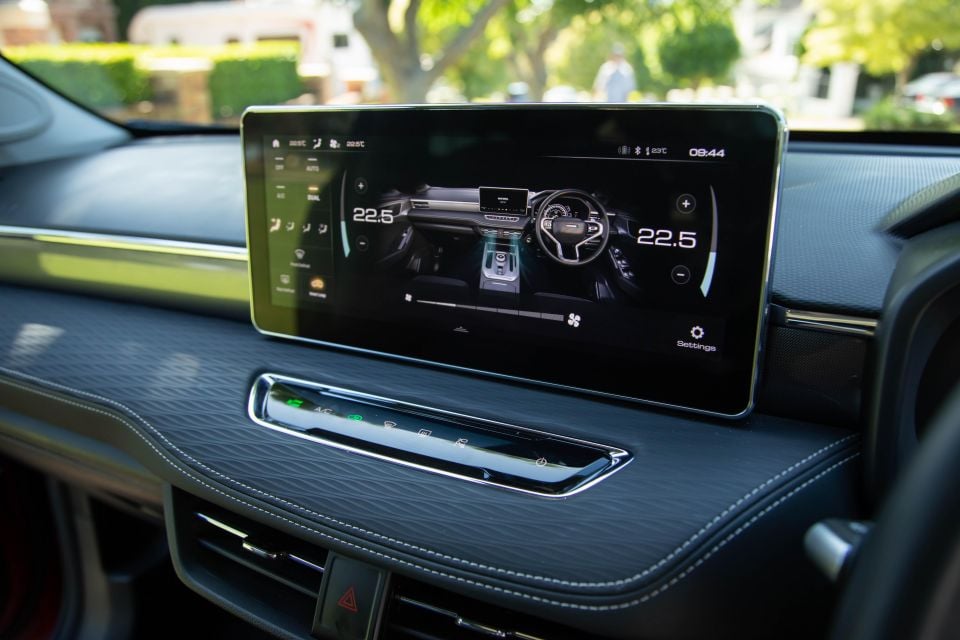
There are plenty of different controls – probably too many – and you can set the screen up with different appearances, which can make it a bit more manageable. But you will want to get to know the screen before you get too far off the lot with the car.
There are no physical buttons, knobs or dials; but there is a strip of touch-sensitive controls below the screen, which is exactly where you might rest your wrist and accidentally hit one of those controls, which will in turn change the screen away from what you wanted to be doing. Grr…
And I know the response to this from Jolion owners will be “just hit the A/C button and then the A/C menu comes up!”, but the fact of the matter is that you shouldn’t need to turn off the air-con to adjust it – that’s just silly. But that’s what you have to do though, because there’s no dedicated menu.
And speaking of controls, the rotary dial gear selector isn’t like some others – it just spins, and there is no end to the spin, no stopper. Plus the blinkers are WAY too loud – if there is a way to fix that through the screen, I couldn’t find it.
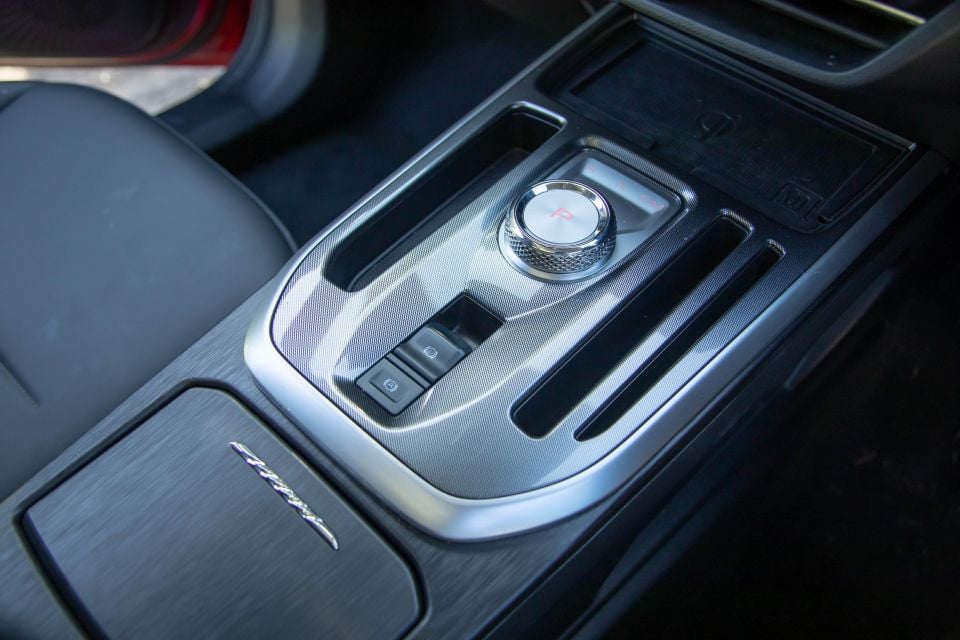
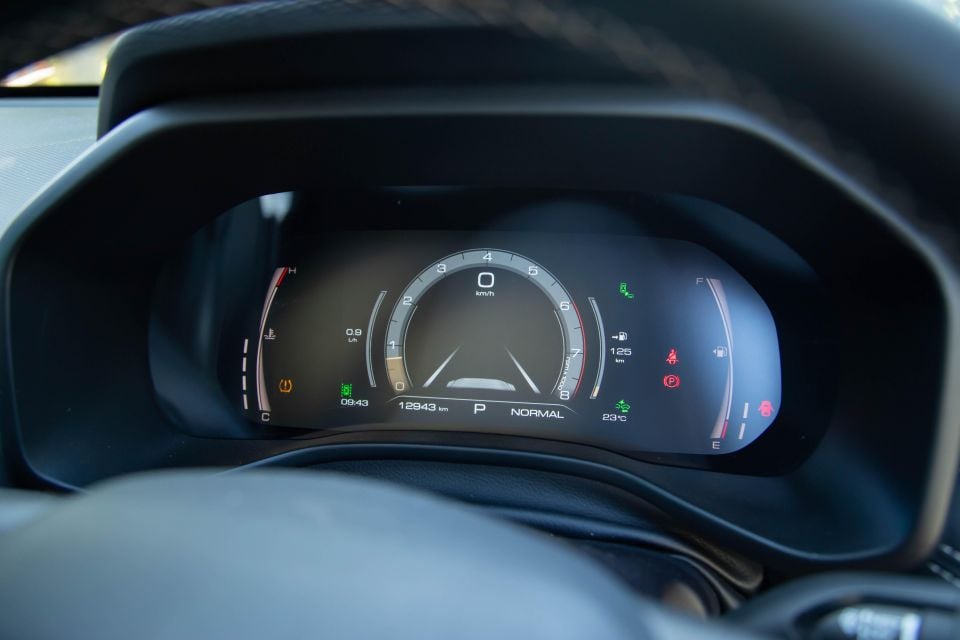
A lot of this can – and hopefully, will – be fixed by GWM with a mid-life update for the Jolion. And seeing as Australia’s voice is the loudest, as the Chinese maker’s biggest export market, hopefully this reviewer’s voice will be heard, too.
Now, the other stuff.
There are mixed-size cup holders between the front seats, and a couple of slots for loose items – phone, wallet, keys – and there’s a wireless charging pad in front of the shifter too. Below that area there is a big open storage caddy, which is also where you will find the USB ports and a 12-volt outlet.
There are large door pockets with bottle holders, a reasonable centre console bin. The back doors also score bottle in the doors and a pair of map pockets on the seat backs. The flip-down centre armrest also has cupholders.
There are directional air vents and two USB ports, and a nice flat floor to allow for better side-to-side accommodation.
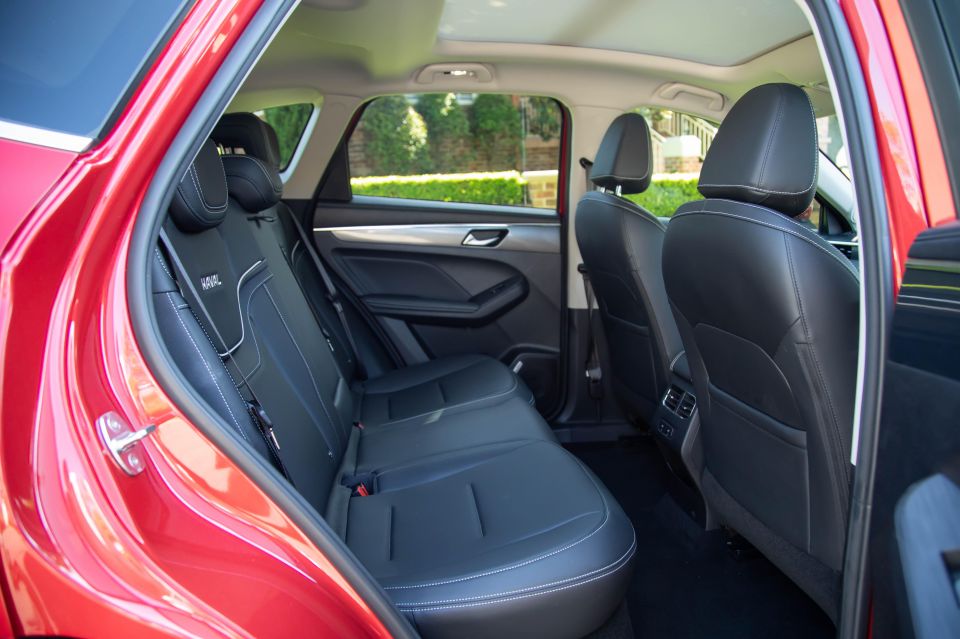
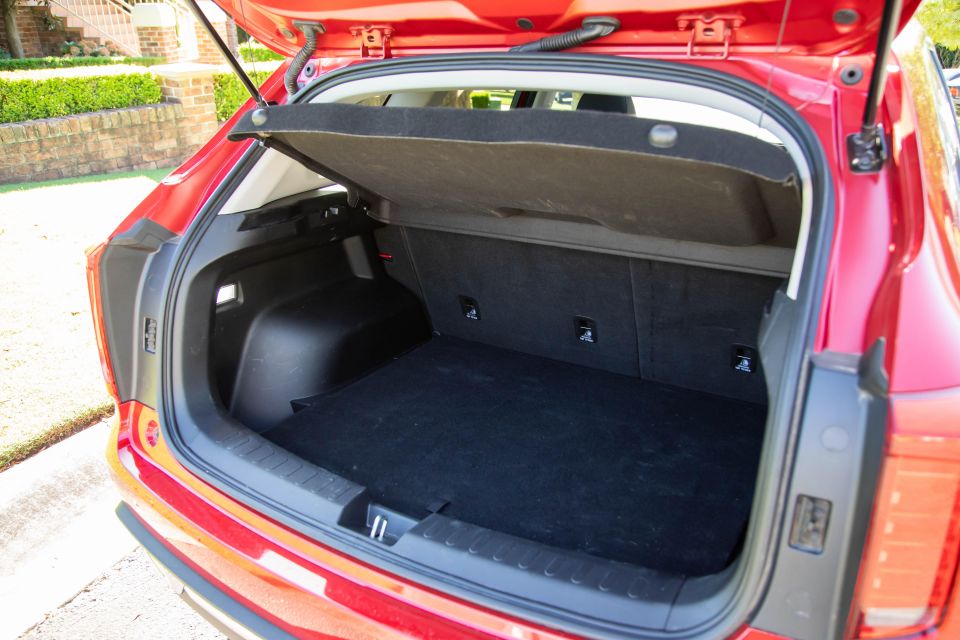
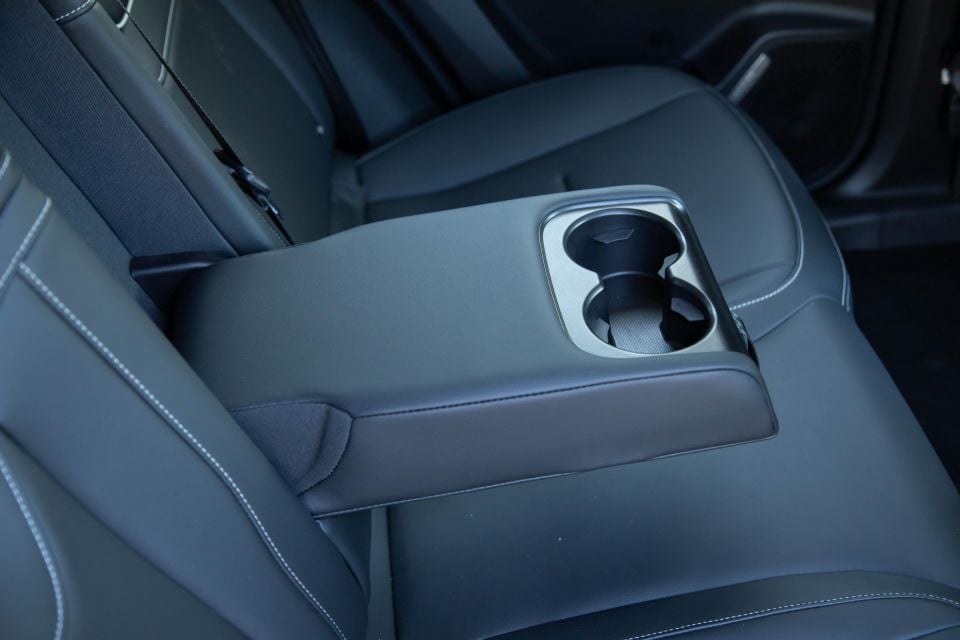

Indeed, the backseat is one of the highlights of the car, with arguably large-SUV-like levels of rear seat space.
Seated behind my own driving position, I had inches in front of my knees, heaps of toe room and excellent head room as well. The back seat is also quite flat and wide, so three across is a possibility.
If you have children, there are dual ISOFIX points and three top-tether mounts as well. My daughter liked the big panoramic sunroof, too.
The boot is decent but not class-leading. There is 430 litres of cargo capacity, which is enough for a pram and some shopping bags, or easily enough for a weekend’s worth of luggage if you don’t have a pram.
There’s a space saver spare wheel under the boot floor, and a couple of storage spots alongside the false floor, too.
The core Jolion range is powered by a 1.5-litre turbocharged four-cylinder petrol engine, producing 110kW (5600-6000rpm) and 220Nm (2000-4400rpm).

It comes as standard with a seven-speed dual-clutch automatic transmission, and front-wheel drive. Go for the S version of the Jolion and you score an extra 20kW of power and 50Nm of torque (130kW/270Nm), plus a multi-link rear suspension setup.
There is also a more expensive hybrid model, which uses a non-turbo 1.5-litre four-cylinder engine, a big electric motor and battery pack that allows it a combined output of 139kW/375Nm. It’s front-wheel drive too, but uses a tricky two-speed hybrid-specific transmission.
Need to tow? The range is capable of a maximum braked towing capacity of 1500kg. Unbraked trailers top out at 710kg for non-hybrid and 750kg for hybrid.
“Haval Jolion – rediscover the joy of driving” – that’s the tagline on the GWM Haval Jolion webpage.
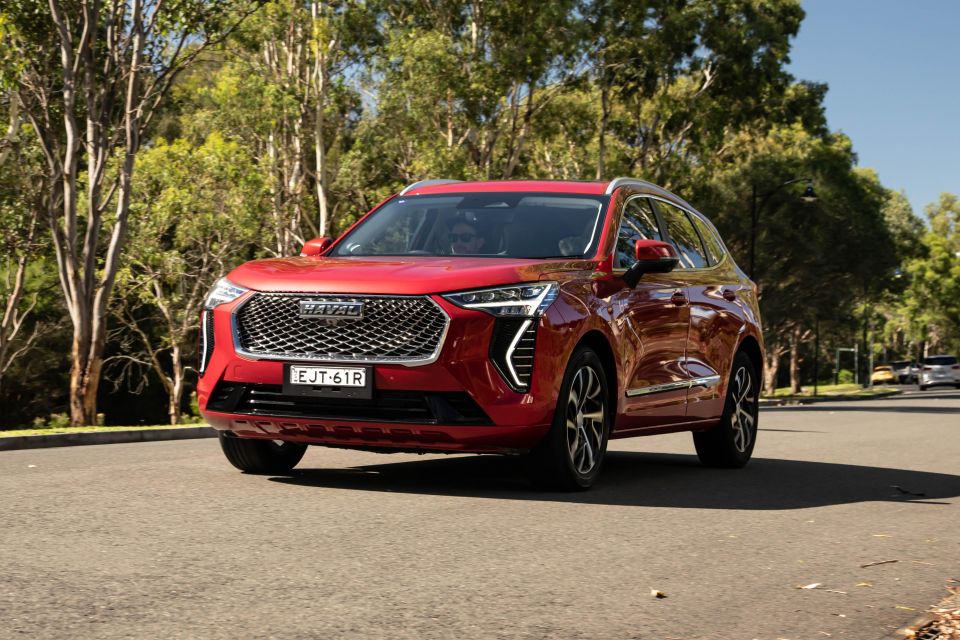
But this thing left me really cold. Technically it’s adequate at some things, but it’s also not great at others.
The suspension doesn’t get too flummoxed by big or small bumps, and while there’s a bit of body roll to deal with, it’s cosy and cushy enough for a compact family SUV.
The steering wasn’t too terrible either, at least when you’re going above 20km/h or so – the rack is slow, so you can easily understeer through roundabouts because you actually needed to wind on more lock.
But while most cars I drive I find to be okay to park, the steering in this car – in combination with its dismal dual-clutch auto and laggy turbo engine – made me feel like a rank amateur.
I pulled up alongside a parked car, ready to reverse into a spot. The nose of the car was facing downhill on a relatively steep gradient. When I shifted to reverse, the engine and transmission lagged, then surged to life at the same time the steering loaded up as I turned the wheel to pivot into the spot.
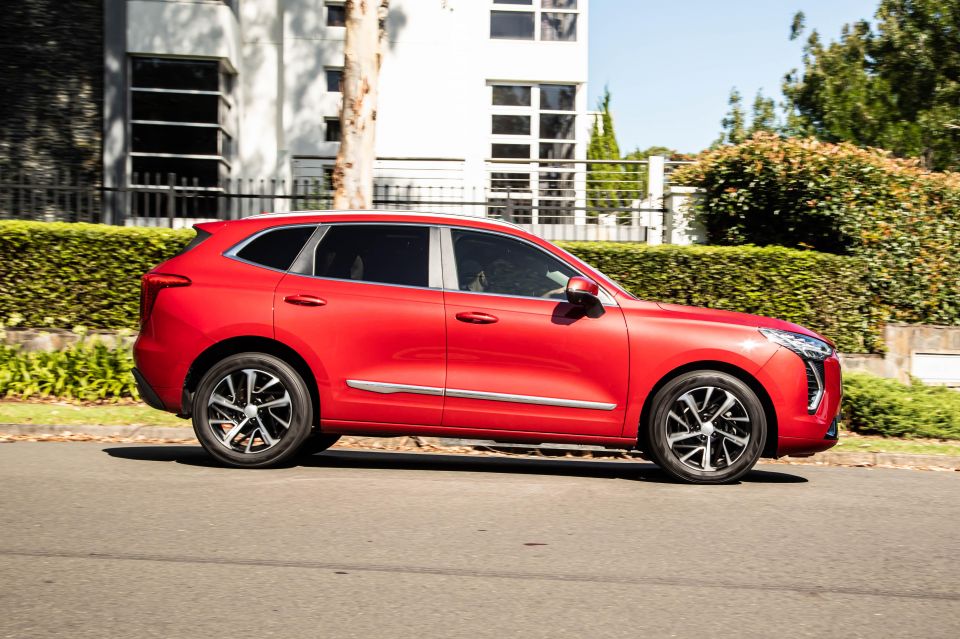
Thank goodness for the (actually pretty excellent) surround view camera system and all-around parking sensors. It was a game of millimetres, and rather than a “one and done”, I took three attempts to get it right, while annoying passing traffic at the same time.
What I’m saying isn’t that I need more parking practice – it’s that this car proved one of the most difficult vehicles I’ve parked in a decade in that sort of situation. It wasn’t nearly as bad on flatter surfaces, but it wasn’t great, either.
So much of it is to do with the lagging and lurching of the transmission. My partner drove the car too, and while she’s not a car reviewer, she said to me that the Jolion was “really hard to figure out when it’s going to accelerate or not”.
As with most dual-clutch transmissions, it’s better at higher speeds. But it can still be overactive, swapping cogs instead of relying on the torque of the engine. There is a bit of zest to the engine, which has a punchy nature in the right moments – it’s just that it doesn’t have that many good moments.
The braking response also caught me off-guard once or twice. The pedal had a spongy feel and shudder to it too, particularly at higher speeds and more often when descending hills. I let GWM’s fleet team know, because that shudder isn’t something I’ve seen in other examples of the Jolion.
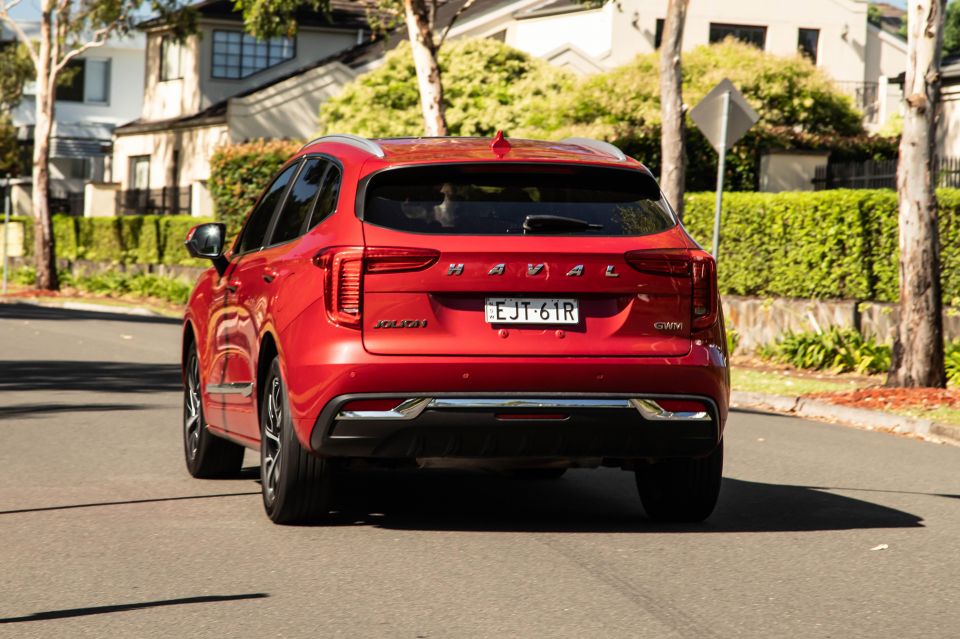
And while I’ll tell you the details of the safety tech in the section below, I have to mention just how frustrating the systems are in this car.
At times they are overbearingly aggressive to stop you driving in a natural way. There is an intervention system that cuts in when you have the adaptive cruise control on, and it’ll slow the car down if you turn the wheel to take a sweeping bend.
Further, if you leave the steering assist on – I didn’t, unless I forgot to disable it, which you need to do every time you drive the car… and it’s not just a press and hold button, it’s an annoying sequence of two or three screen presses – it will actively adjust the line of the car, at times without reason.
And then there’s the facial recognition system, which will come up with a message “Hey, don’t stray!” if you look away from the road for a period of time. You know what? Having a screen flashing up a message and the stereo beeping an alarm at you is arguably more distracting than whatever is going on outside the car.
Safety tech is important. But getting it right and making it liveable for the user is more important.
The GWM Haval Jolion is a very well equipped car, which is undoubtedly part of the reason there are so many around.
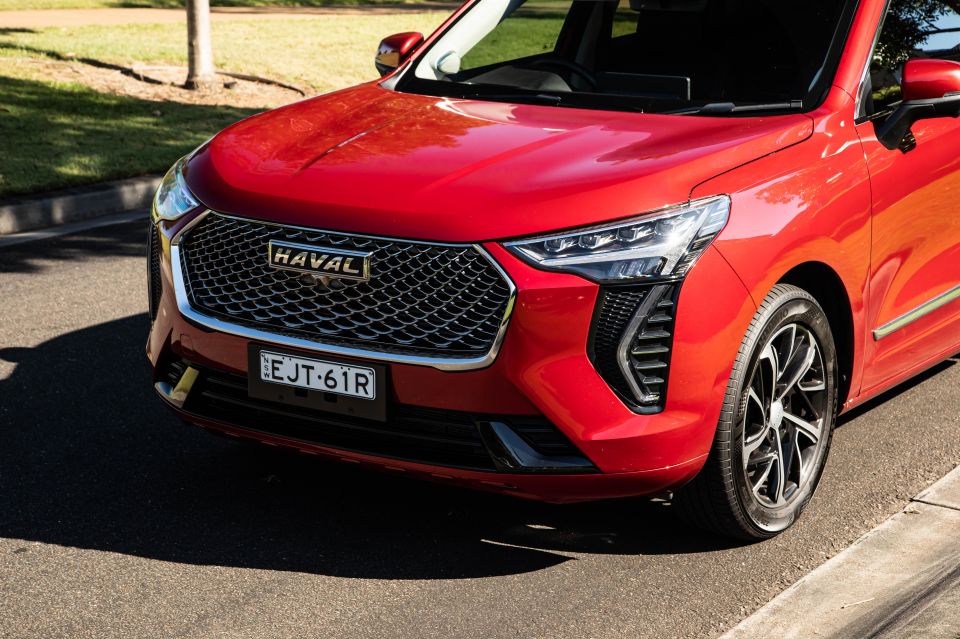

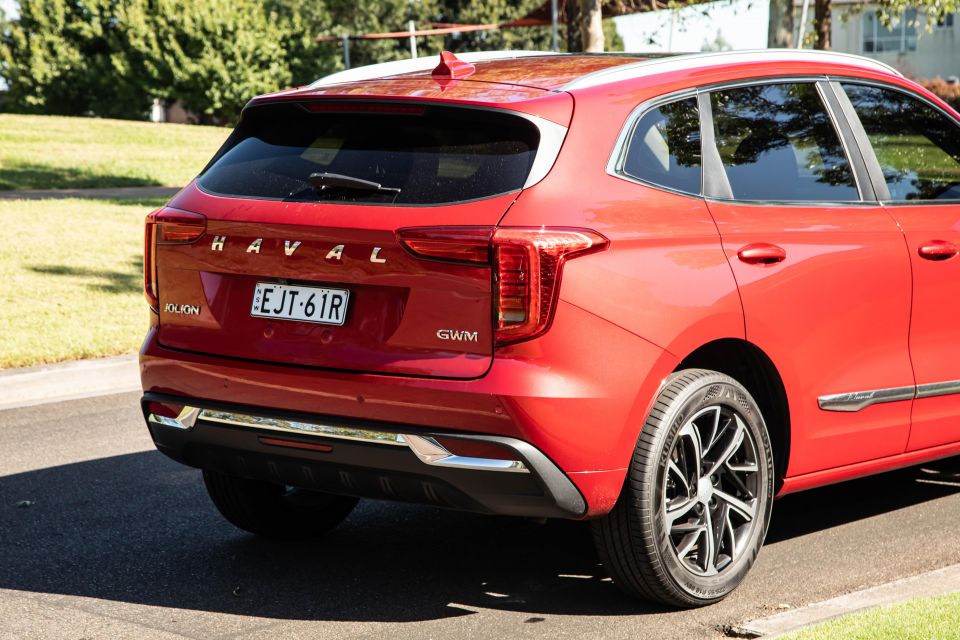
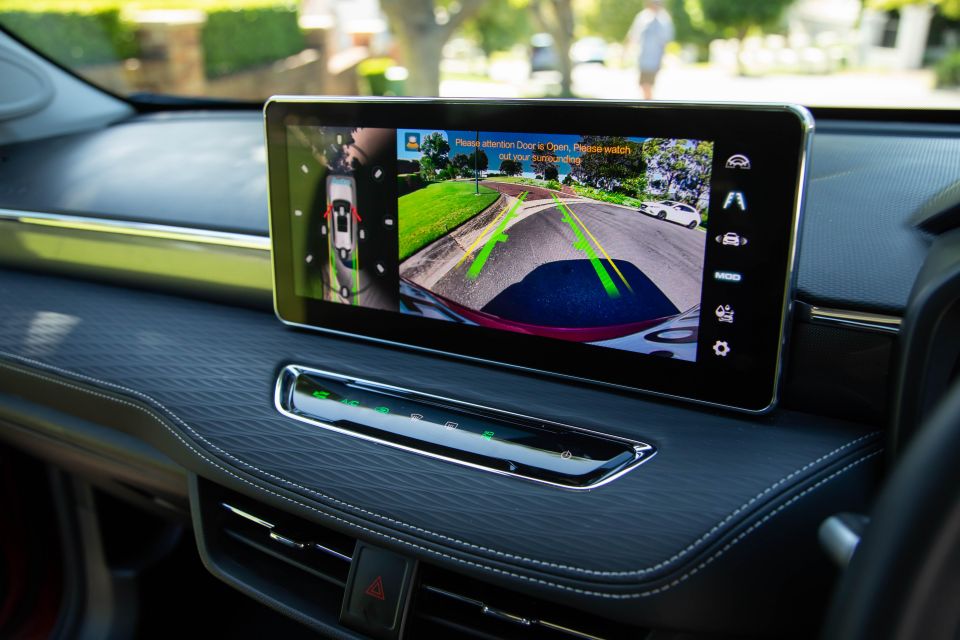
And, like I said, if you’re upgrading from something older, it’s going to feel like you’ve been given a new boarding pass that sees you getting out of economy and into first class.
Jolion Ultra highlights:
And then there’s a raft of standard safety tech, too.
The Jolion scored a five-star ANCAP safety rating in 2022, and it comes very well equipped when it comes to standard safety tech across the range.
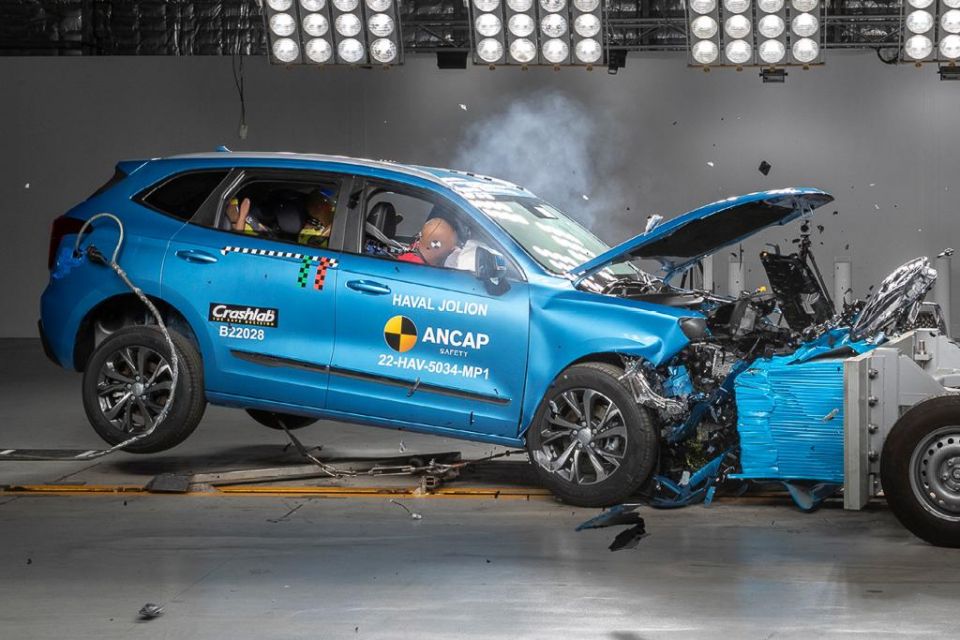
Where expert car reviews meet expert car buying – CarExpert gives you trusted advice, personalised service and real savings on your next new car.
Against the current criteria, the Jolion scored 90 per cent for adult occupant protection, 84 per cent for child occupant protection, 64 per cent for vulnerable road users, and an impressive 92 per cent for safety assist.
Standard safety features include:
As mentioned, some of that stuff is amazing, but other bits feel like they could do with some fine-tuning.
The Jolion has a seven-year, unlimited-kilometre warranty, which is among the best available. Plus you get five years of roadside assistance included as well.
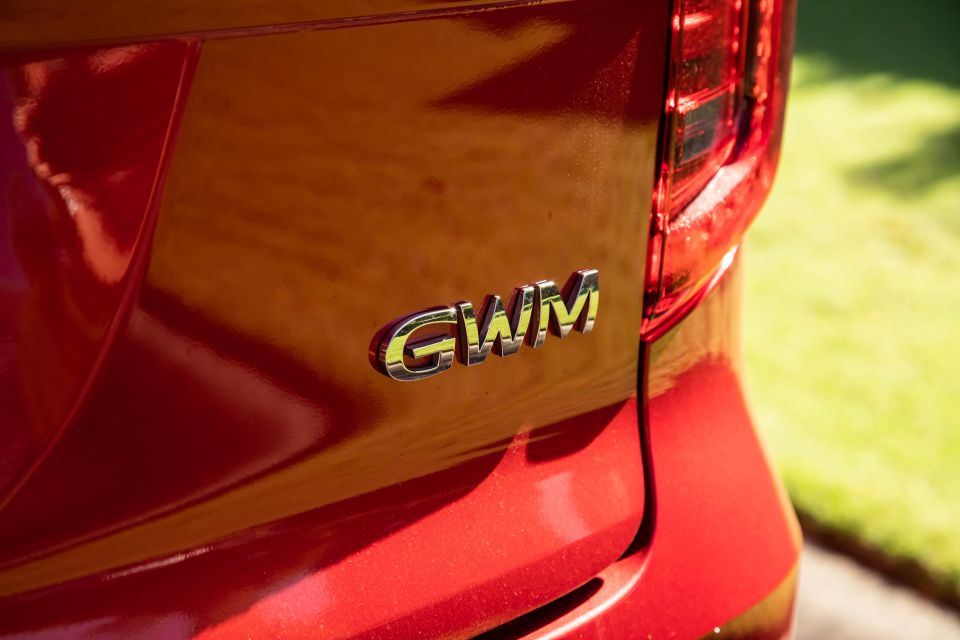
The official combined cycle fuel consumption figure for the Haval Jolion (non-hybrid) models is 8.1 litres per 100 kilometres, which is frankly high for a small SUV, but also relatively honest.
Across a mix of driving over my week of testing, I saw a real-world return of 9.1L/100km – which I thought would be better because quite a bit of my driving was highway commuting.
As for longer-term cost considerations, there is a capped-price servicing plan for the Jolion that isn’t too badly priced. The brand asks owners to bring in their car every 12 months, but weirdly, the first service interval is actually set at 10,000km, while the remaining four on the capped-price plan are at 15,000km.
Anyway, the average service cost over five years or 70,000km is $310, which is pretty good value.
Buy your new car without the stress. It's fast, simple and completely free.

Great service from Travis and team, second time I have used this business would not hesitate to recommend them to anyone
Craig C.
Purchased a Ford Ranger in Sunshine Coast, QLD
CarExpert helped Craig save $7,224 on his Ford Ranger, now let us save you on your next new car.
Get your BEST priceI’m the sort of person who loves going for a drive, even if I don’t need to.
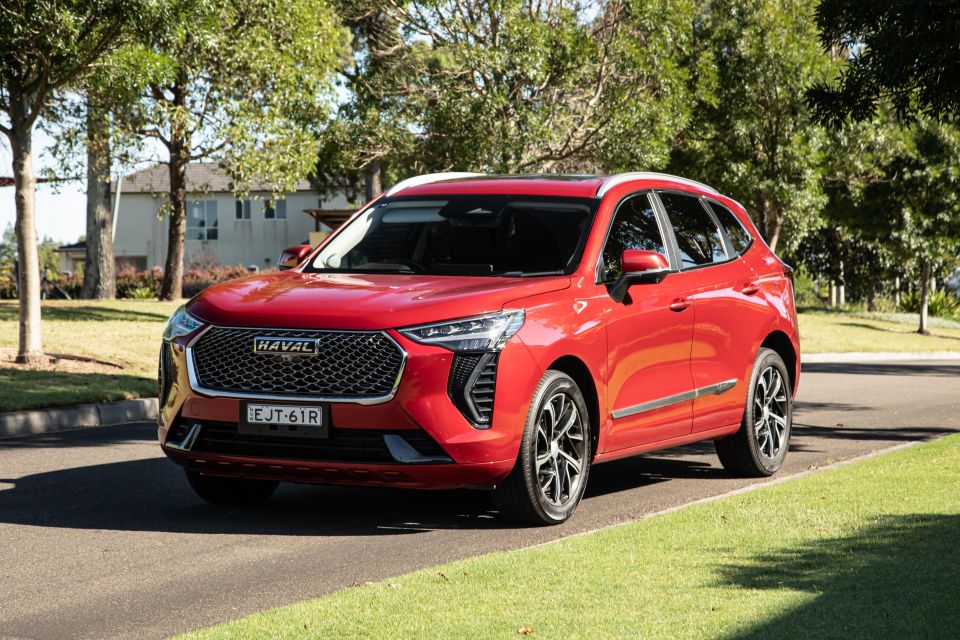
This car did not elicit that desire in me.
If you just want a well-priced, long-warrantied and high tech compact SUV, you should probably go to a look at the Jolion.
Just be aware that if you do care about the drive experience, you could do better.
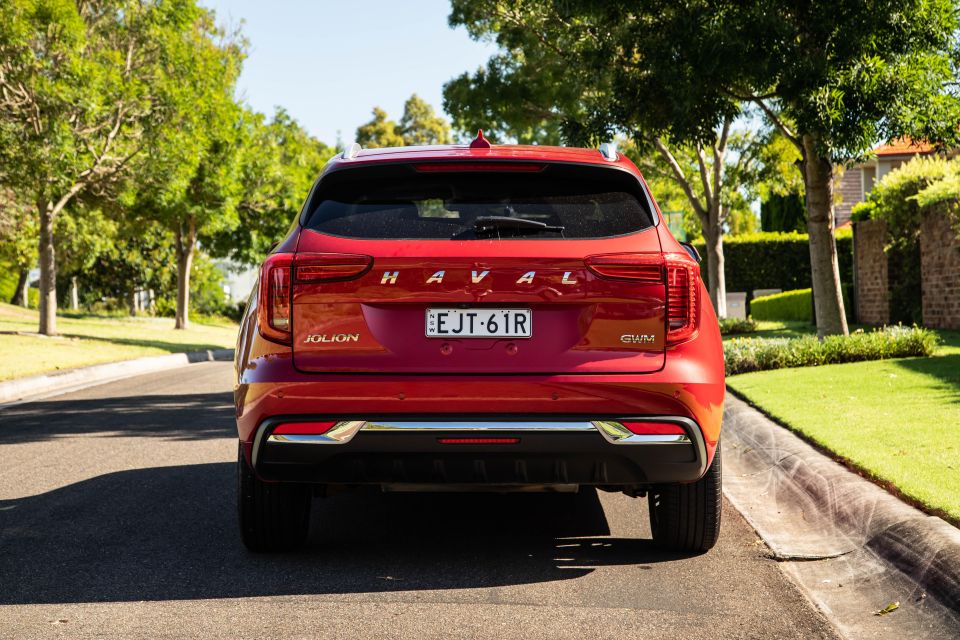
Click the images for the full gallery
Where expert car reviews meet expert car buying – CarExpert gives you trusted advice, personalised service and real savings on your next new car.
Matt has more than a decade of experience in automotive journalism, and loves exploring the pros and cons of new cars, delving into deep-dive industry stories, and going for a drive just for the fun of it.


William Stopford
9 Hours Ago
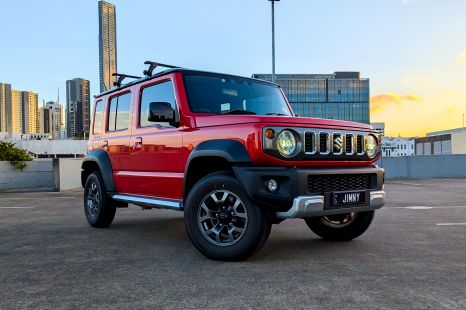

William Stopford
2 Days Ago
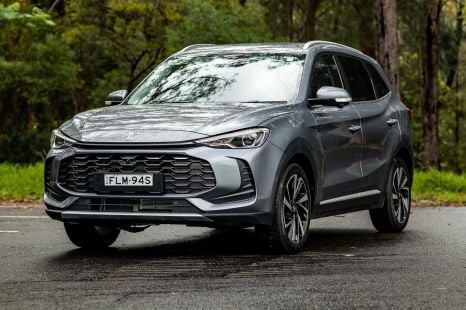

Matt Campbell
3 Days Ago
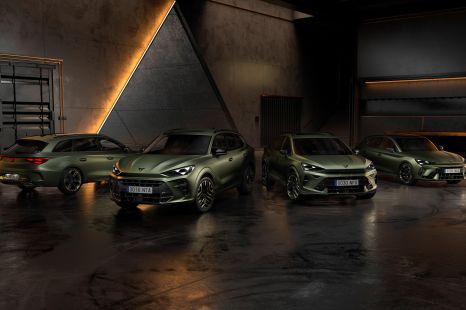

James Wong
5 Days Ago
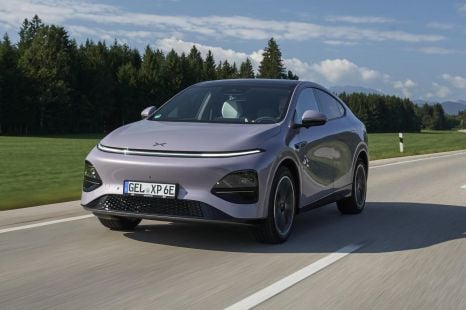

Neil Briscoe
8 Days Ago
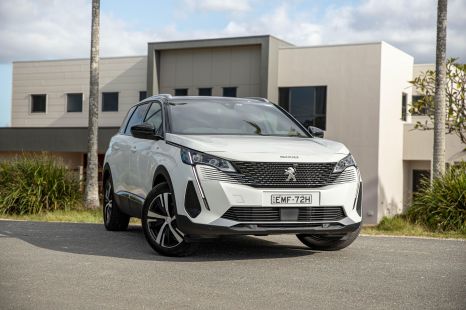

William Stopford
10 Days Ago